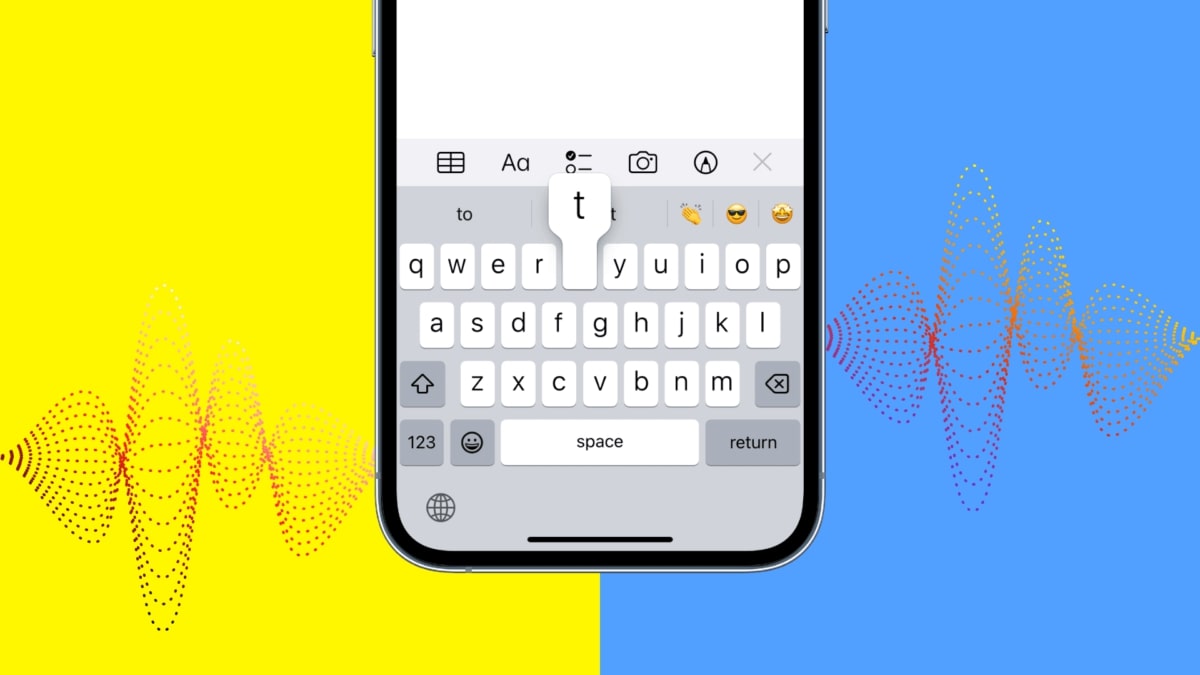The power consumption of a mobile’s haptics motor, often referred to as the vibration motor, varies depending on the type of motor and its usage.

If we look on types, there are two main types of haptic motors used in mobile devices: eccentric rotating mass (ERM) motors and linear resonant actuators (LRAs).
Each has different power requirements.
Eccentric Rotating Mass (ERM) vibration motors.
ERM motors are older yet simpler technology.
They consist of a small motor with an off-center weight attached to the shaft. When the motor spins, the off-center weight causes the vibration.
Power consumption: ERM motors typically consume around 50–150 milliwatts (mW) when active. The exact consumption depends on the motor’s size and the intensity of the vibration required. It is kind of old tech and used in affordable devices.

Linear Resonant Actuators (LRAs) vibration motors.
LRAs are more advanced and efficient. They use a small mass attached to a spring, driven by an electromagnetic force, to create vibrations. LRAs are used in modern smartphones due to their faster response time and more precise control over the vibration.
Power consumption: LRAs usually consume less power compared to ERM motors, typically in the range of 10–100 milliwatts (mW) when active. Their efficiency allows them to deliver strong and precise vibrations with lower energy usage.
Factors affecting power consumption.
- Duration and frequency of use: The more often the haptics motor is activated and the longer it runs, the more power it will consume. Typing on a virtual keyboard, for instance, involves frequent short bursts of haptics feedback.
- Intensity settings: Higher intensity vibrations require more power. Users can usually adjust vibration intensity in the settings, which can impact battery usage.
- Device design: The design and optimization of the device’s hardware and software also affect how efficiently the haptic motor operates.
Practical example.
To put this into perspective, let’s consider a typical usage scenario:
Typing on a keyboard: If you type at a moderate speed, activating the haptic motor for each key press, and you type 2000 characters in a day, each with a 50ms vibration at 50mW, the total energy consumption would be:
2000 × 0.05 Seconds × 50 mW = 5 Watt-Seconds
= 0.0014 Watt-HoursFor a phone with a 3000mAh battery at 3.7V (which equals 11.1 watt-hours), this usage represents a tiny fraction of the total battery capacity. Therefore, even frequent use of haptic feedback has a minimal impact on overall battery life.
Conclusion.
The power consumption of a mobile’s haptic motor is relatively low, typically ranging from 10 to 150 milliwatts depending on the type and usage. While disabling haptic feedback can contribute to marginal battery savings, its impact is minor compared to other factors like screen brightness, background app activity, and connectivity features.
For users looking to extend battery life, focusing on these other areas (like screen brightness, dark wallpapers, mobile radios) will provide more significant results.
Leave a Reply